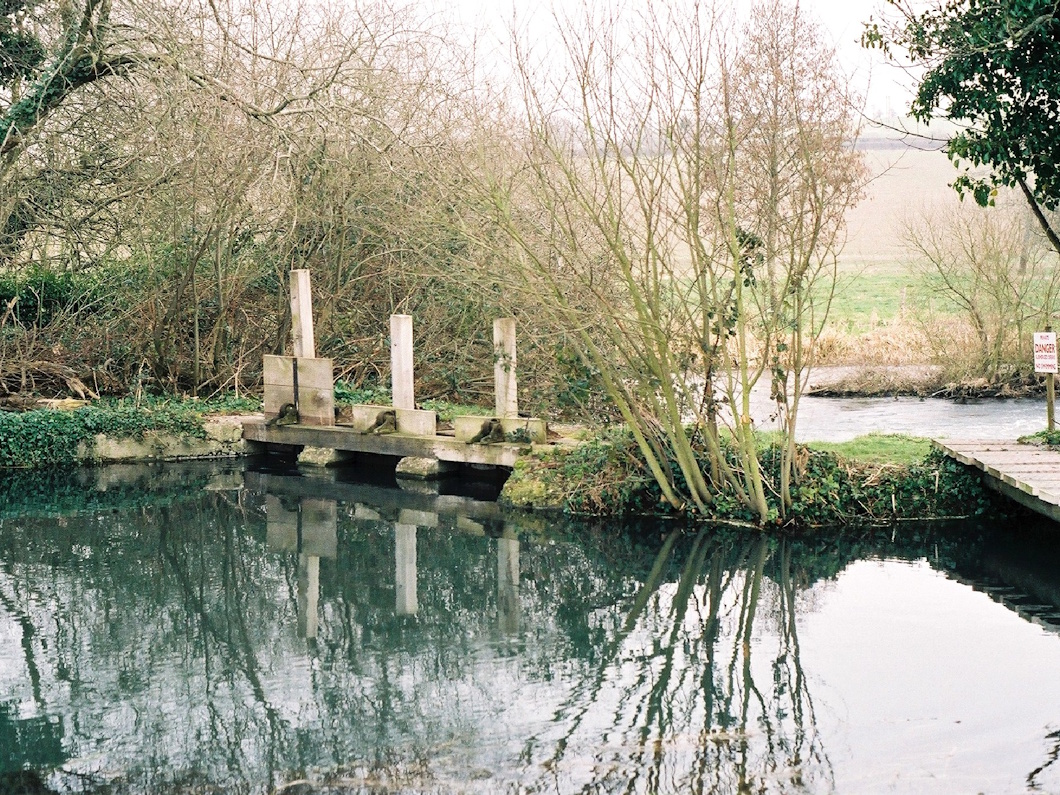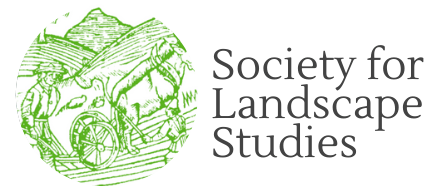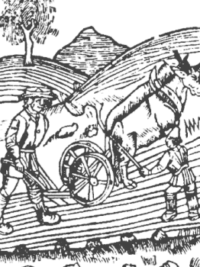Society for Landscape Studies AGM and December Online Conference
Landscape Themes: Woods, Land Use, John Constable and Watermeadows
Saturday 6th December online


Saturday timetable:
10.00am Introduction to the meeting:
Chair of SLS, Charles Watkins
AGM
10.25 Brief introduction to the Conference:
Chaired by Hadrian Cook
10.30 E. M. Forster and Trees
Charles Watkins
In this talk I show how the novelist E. M. Forster (1879-1970), not usually celebrated as a nature writer, was deeply sensitive to the aesthetics of trees. I explore his interest in trees through his diaries and short stories, and also through his management of a small woodland in Surrey.
11.20 The First and Second Land Utilisation Surveys of Britain
Peter Vujakovic
The maps derived from Land Utilisation Surveys of Britain, in the 1930s under the directorship of Sir L Dudley Stamp and in the 1960s under Alice Coleman, are a significant resource for landscape studies. This talk explores their evolution, content, and some of the outcomes including Stamp’s monumental tome ‘The Land of Britain’ and Coleman’s ‘scapes and fringes’ concept. The maps, now available via the National Library of Scotland, have great potential as a learning and teaching resource at all levels, from primary to higher education.
12.10 Short Break
12.20 John Constable and the Stour Valley in Suffolk
Jeremy Lake
I shall explore in this talk the landscapes painted by John Constable, places increasingly depicted after his death as the embodiment of a changeless England yet which had been undergoing profound change since the early 18th century. Constable’s art became central to ideas of landscape and national identity that developed in the later 19th and early 20th centuries, drawing increasing numbers of tourists and other artists and writers including Sir Alfred Munnings, Sir Cedric Morris and John Nash.
13.10 Watermeadows, their operation and variety
Hadrian Cook
Widespread watermeadow construction occurred from the 17th century in Wessex, and across Britain the practice continued until the 19th century. In this talk I will consider how they sustainably produce grass for animals, outline their complicated archaeology, their opportunities for habitat provision, look at opportunities for public engagement and describe how they are influencing national policy for wet grassland management and conservation.
14.00 Discussion and Conclusions
14.15 Conference Ends


